How are different types of segment identified as different? Wikipedia states:
Segments can be defined to be either code, data, or system segments
It also states:
Descriptors with bit 12 clear are "system descriptors" and are used for specialized purposes.
So, I gather that this "system bit" is used to identify a system segment, but what about code and data segments? Additionally, since these identifiers are stored separately instead of as a single 2-bit value, can you get combination-types, like system code and system data segments?


